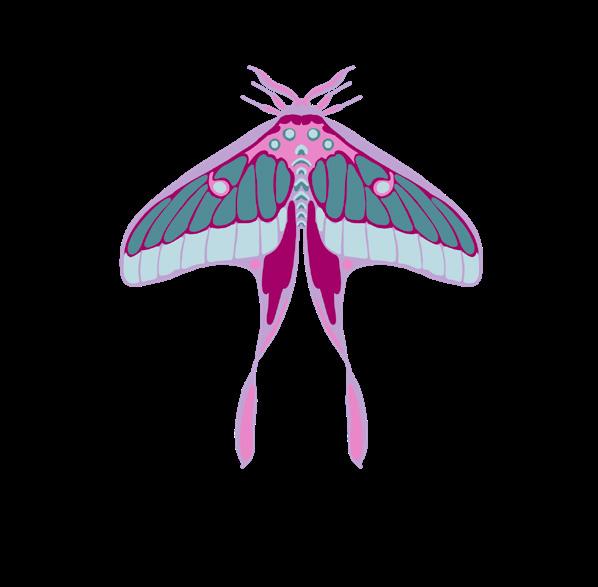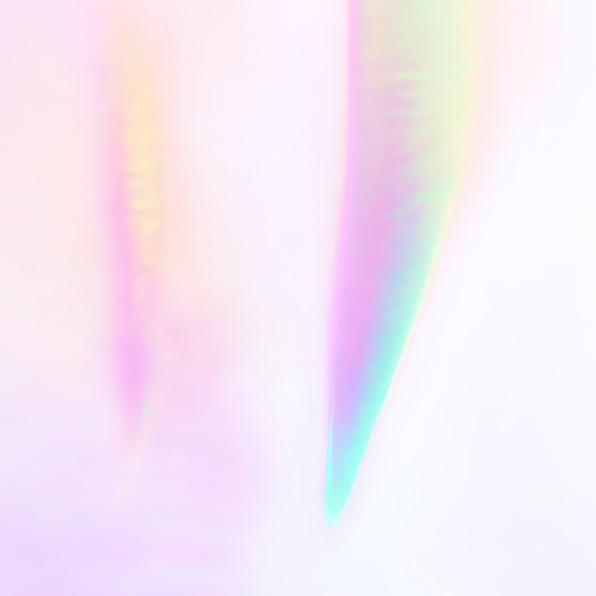

















Hailing from Melbourne, Australia, Rose Holland has a background in traditional crafts such as hand knitting, crochet, and quilting. Working with her hands makes her feel connected to the generations of her female ancestors, to whom these skills were essential, but unappreciated. Her luxury streetwear designs are a fusion between handmade craft traditions and current and future fashion technological innovations – such as digital print, CAD and AI. She has a background in academics and philosophy and has a highly cerebral approach to her design practice. Her work is inspired by 20th century history, science fiction film and literature as well as feminism and intersectionality. A common theme seen within her work is the ethics of technology and human bodies.
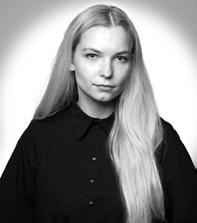
LOVE THE BOMB is a conceptual collection of luxury garments taking reference from science fiction films and literature of the 1960s combined with the myth that cockroaches can survive a nuclear apocalypse. The collection was inspired by the harsh juxtaposition between the optimism and anxiety that came with the development of nuclear technology, and the complicated legacy of the “Atomic Era”. The garments and imagery reflect a satirical perspective on how the existence of nuclear weaponry makes human beings inherently insignificant and powerless. LOVE THE BOMB uses one of a kind knit, crochet, craft, patternmaking and beading techniques to create unique fabrications reminiscent of patterns and structural details seen in the entomological world and atomic energy, juxtaposed with optimistic atomic era inspired colours and silhouettes.
LOVE THE BOMB explores the collision of Science Fiction and Absurdism and Existential Philosophy. The collection’s title comes from Stanley Kubrick’s 1964 controversial cult classic: Dr. Strangelove or: How I Learned to Stop Worrying and Love the Bomb. Released in the peak of the cold war, the film is a bombastic satirisation of the existential threat of nuclear war, and the absurd ease at which it can be caused. Dr Strangelove’s impact comes from the juxtaposition of the ridiculous farcical characters and plot contrivances with its proximity to true events, eventually demonstrating that no amount of security and bureaucracy can lead to fair, just, and measured action when the unfathomable scale of destruction is inherently unjustifiable under any circumstances. Within the film “Loving the bomb” represents irrational justification of atrocities as long as they aren’t happening to you, and the irrational desire of the powerful and privileged to cause destruction as an expression of their own insecurity and ego. Although the title and imagery for this collection come from satire and speculative fiction, I must acknowledge the victims of the many conflicts, bombings, and human rights atrocities taking place on earth right now. All human beings have an immutable right to peace, freedom, and equality. As an artist, designer, and citizen of earth, I stand for global demilitarization, and I seek to express that within my work. I have no intention to trivialize the atrocities of warfare, but rather to provide an artistic interpretation of specific privileged cultural and individual perspectives which have informed science fiction media through the 20th century, and how this media has impacted me.
Fashion Moodboard created using a mix of 1960s propaganda imagery and AI images I generated in AI Software DALLE 2 and Midjourney and manipulated and collaged in photoshop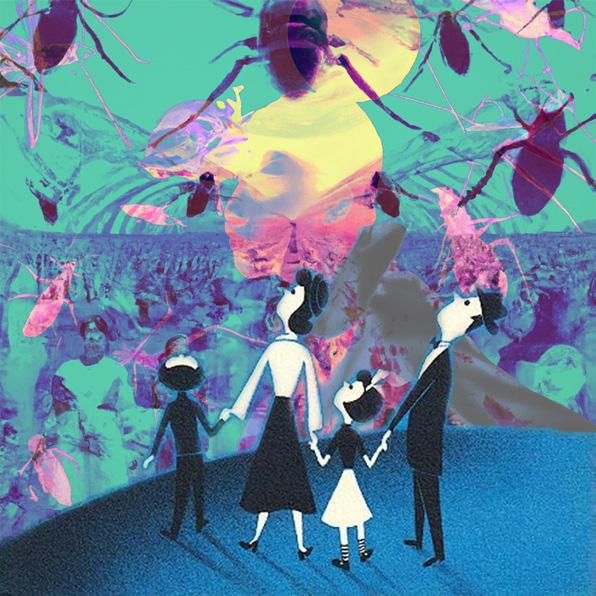
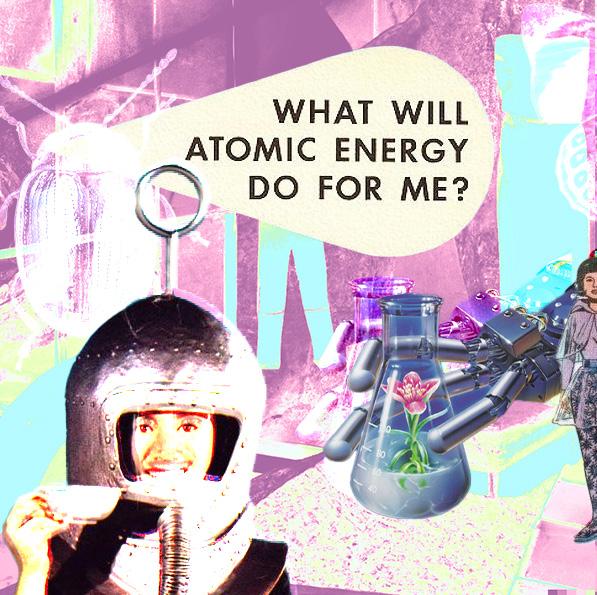
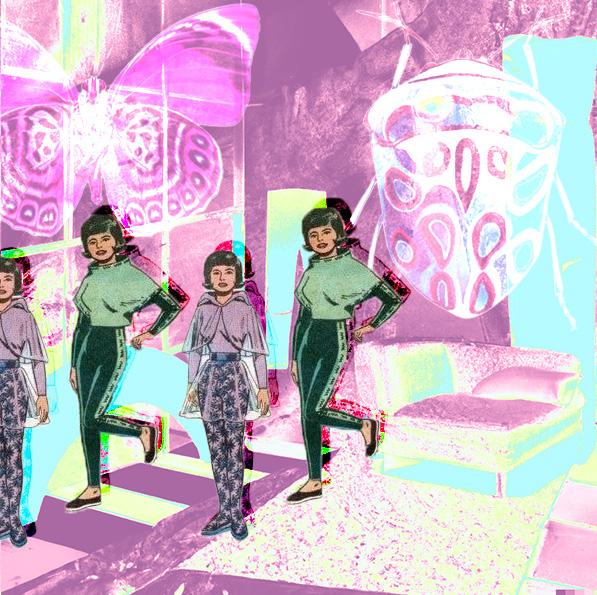
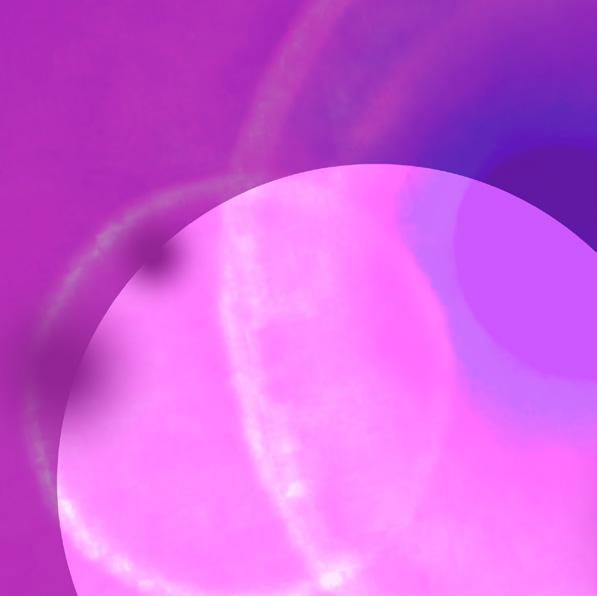



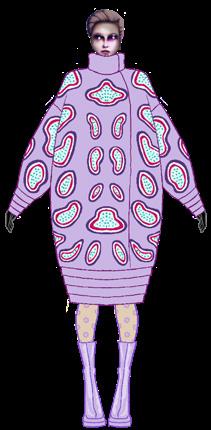


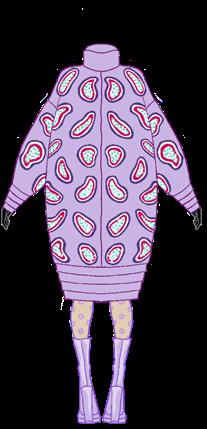

 TWO:
Digital Fashion Illustrations by Rose Holland. Software Midjourney & DALLE 2 + Procreate
TWO:
Digital Fashion Illustrations by Rose Holland. Software Midjourney & DALLE 2 + Procreate

Body one was inspired by a cicada. The tiered modular pattern of the top and skirt mirror its tiered segemented body. The wool panels are bound with a custom made white wool binding
The sheer jacket uses a modified version of a korean patchworking technique - Jogakbo. The panels are a mix of straight and bias cut, with the angles in the fabric, providing an extremely technical challenge, as well as the silhouette reflecting the unique wings of the cicada.
The look is accessorised with a granny square balaclava designed and crocheted by me, and a pair of checkerboard tights hand beaded with hundreds of purple pearls.

Body one represents the larvae stage in the insect life cycle with the juvenile colours, layered body and gamine silhouette.

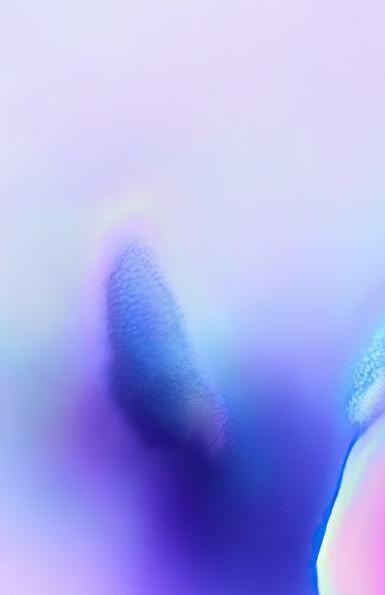


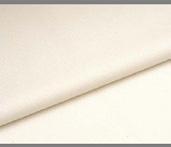

Body two (hero body) was inspired by the unique pattern of the picasso beetle, as well as the layered body parts of isopods. The silhouette was also inspired by the classic concept of a cocoon coat popularised by Balenciaga.
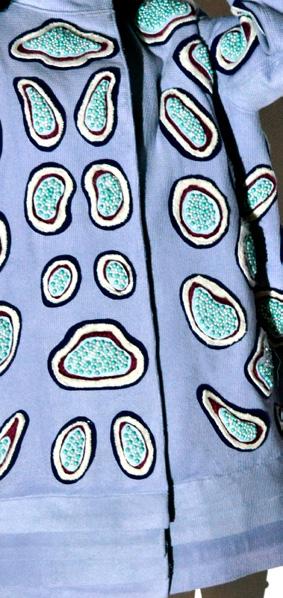
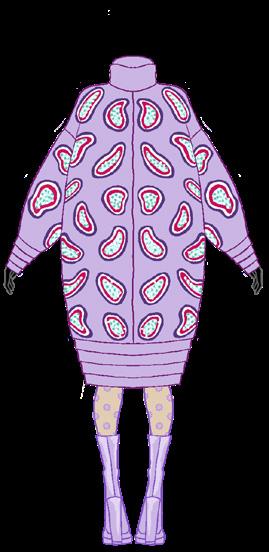
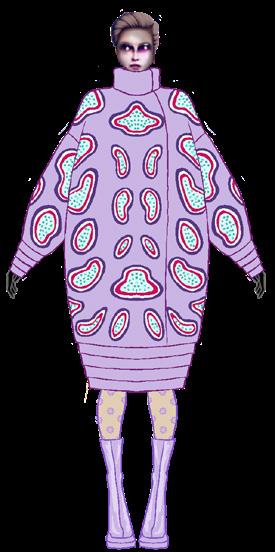
The jacket features a four tiered folding patternmaking detail on the sleeve cuffs and hem as well as the hand beaded appliques with four layers of abstract wool shapes and pearls and teal beads.
The tights are a nude illusion with beads continuing the radial motif of colour as well as resembling the atomic structure.
Body two represents the cocoon stage in the life cycle, symbolising potential - shown with the oversised silhouette. The bead shapes also resemble alien or insect eggs.
All

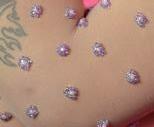
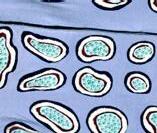

Body three was inspired by a mix of different insects as well as honeycomb. The chainmail style structure was inspired by Paco Rabanne’s 1960s metal creations, however I combined this with crochet for a colourful and organic look. The crochet elements also give the dress stretch allowing for a tight fit.

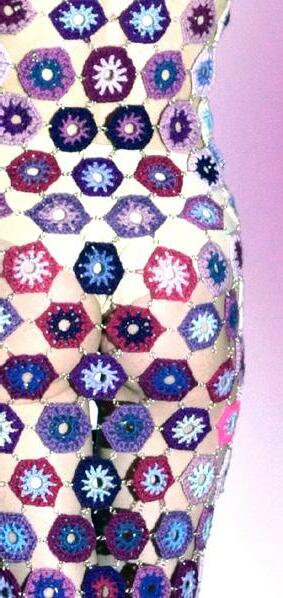
The crochet elements are made around metal rings and linked together with 6 points of metal rings which have been twisted together. The colour placement was inspired by chrome beetles and a heatmap effect.
Body three represents completion of metamorphosis, adulthood, the final form in the life cycle of this creature with the explosion of colour and elegant silhouette.


Tulle


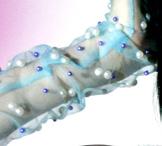
Crochet Chainmail FItted Dress with Chain Straps
All materials for this collection have been purchased sustainably and sourced from within 5km of the designer’s residence.




































The LOVE THE BOMB colour palette was developed and colourful propaganda imagery of the 50s and informed by current runway trends and a forward











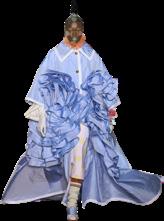
developed based on the conceptual foundation of bright 60s, and my favourite bugs and insects. It was also forward looking perspective for upcoming seasons.

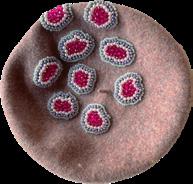

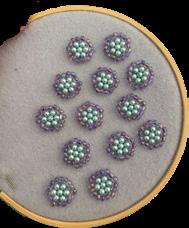


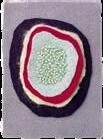



“
A jogakbo is a style of patchwork, traditionally used to create domestic wrapping cloths (known bojagi) from scraps of left-over fabrics.
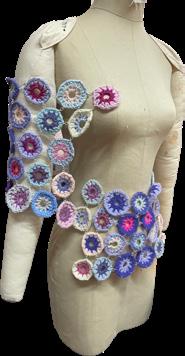

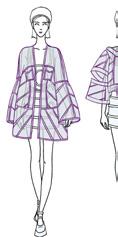
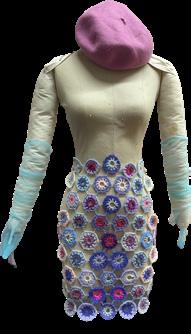
“During the Joseon dynasty (1392 1910), women, living in a male-dominated society and excluded from formal education, concentrated on domestic tasks such as weaving and embroidery. Following the ideas of frugality and simplicity advocated during the dynasty, the left-over fabrics were not discarded, but would be used to create a jogakbo by patching those scraps together into larger squares or rectangles.” - Victoria Albert Museum


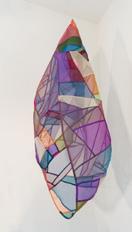
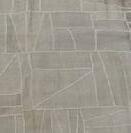
traditionally (known as fabrics. –male-dominated formal domestic embroidery. and dynasty, discarded, jogakbo into Victoria &
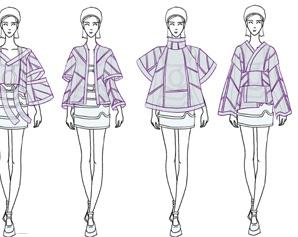
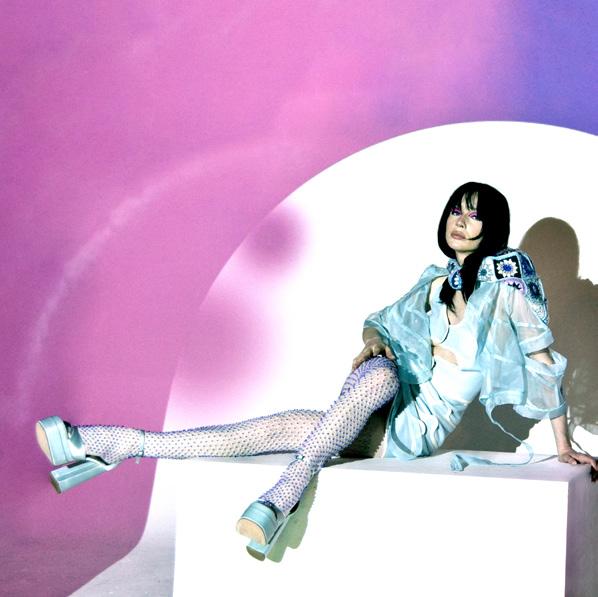
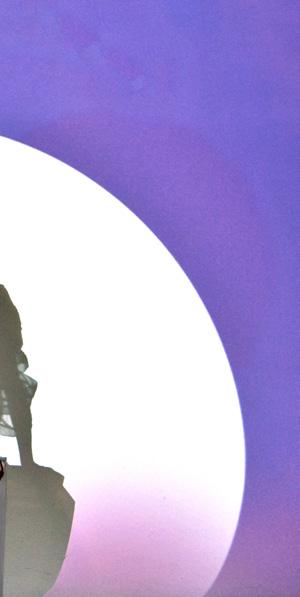

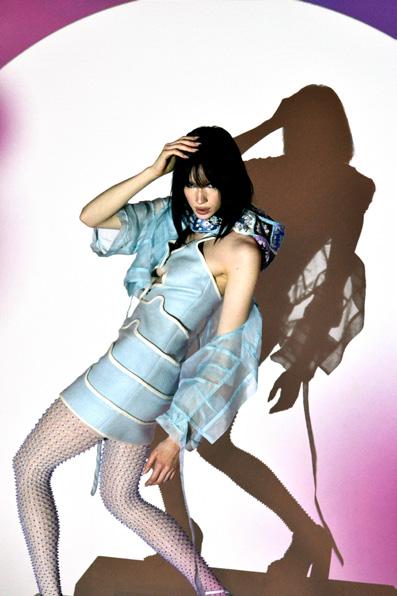
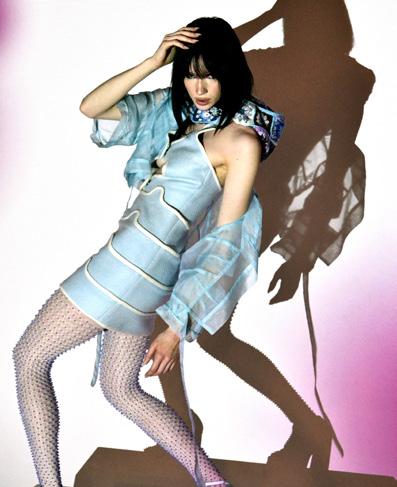
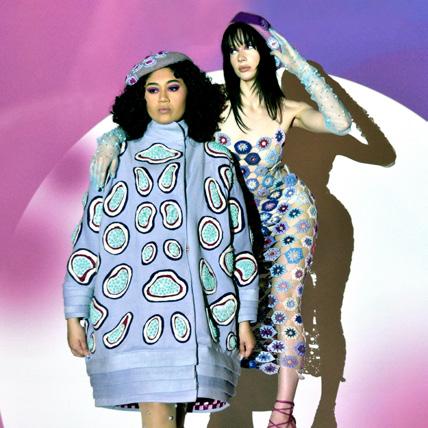

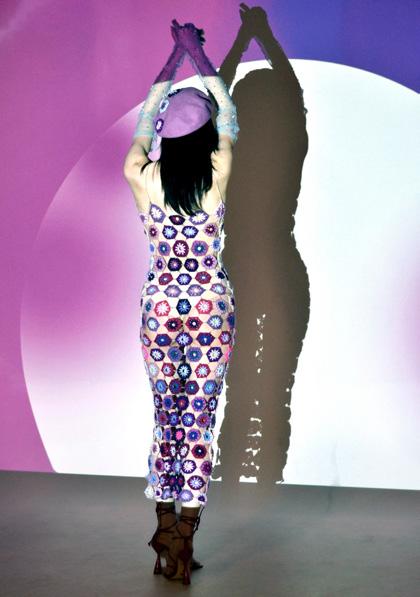

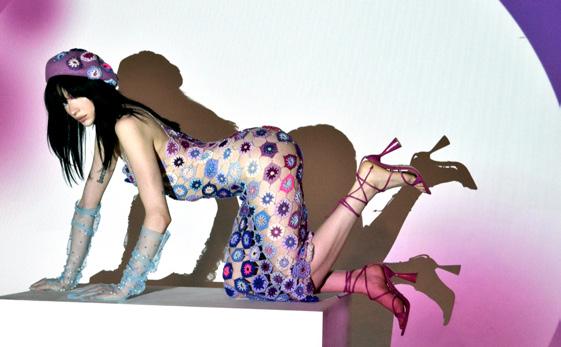
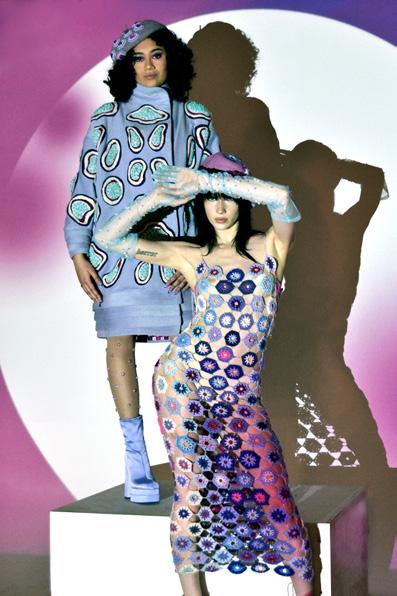
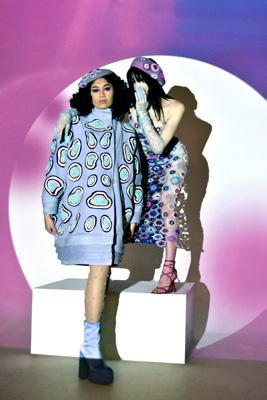

Illustration created using a mix of hand pencil illustration and digital illustration
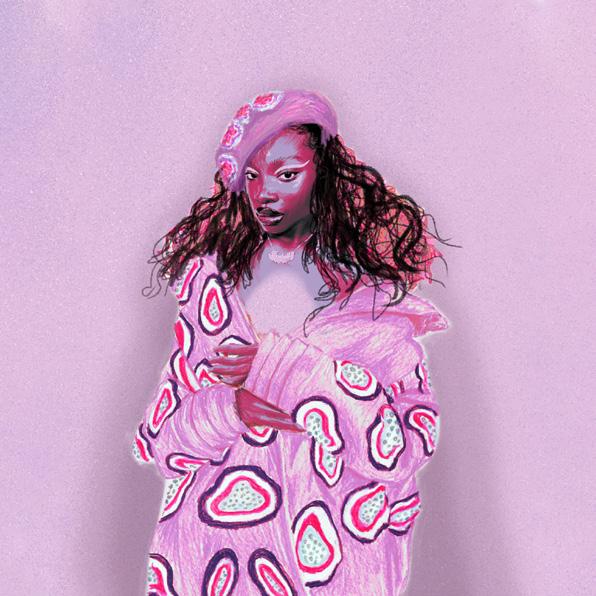
@rosehollanddesign
Thank you to everybody who has supported me through my fashion education journey and helped me realise this project. Thank you to anyone who believed in me.
Noah Dark - Alfia Galimova
Gretchen Geoghegan - Angus Holland
Alisha Khot - Jye Marshall
Richard McCoy - Deepa Richmond
Emily Ross - Sally Ross - Francesca Watts
